The world of snakes is filled with both misconceptions and fascinating realities that often blur together in popular understanding. One of the most persistent questions people have about these reptiles concerns their behavior before an attack: Do snakes warn humans before striking? This question touches on our primal fears about these creatures while also highlighting our curiosity about their communication methods. Understanding snake behavior isn’t just academically interesting—it can be potentially life-saving information for those who live in or visit snake-inhabited areas. Let’s slither into the truth about snake warnings, defensive behaviors, and what science tells us about these remarkable reptiles.
The Myth of Universal Snake Warnings
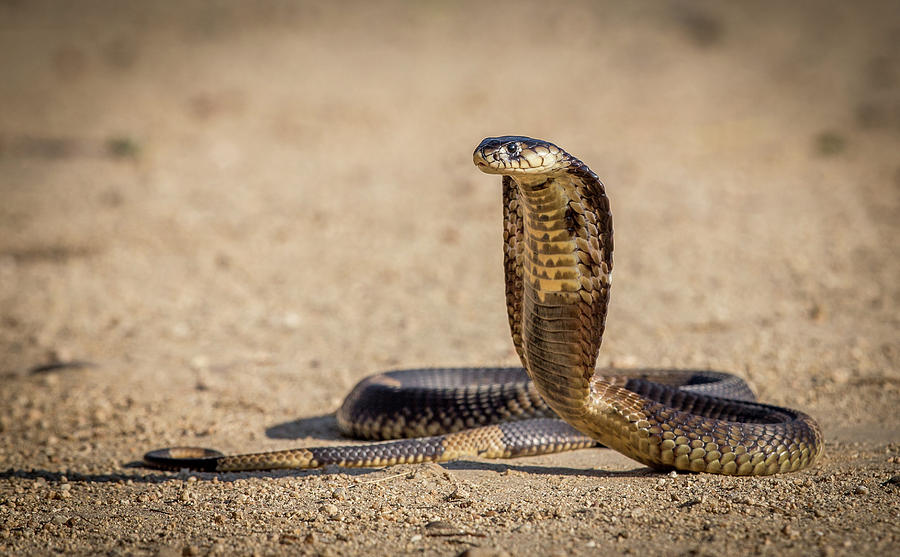
Contrary to popular belief, not all snakes give warning signals before they strike. This misconception likely stems from our familiarity with highly visible species like rattlesnakes, whose distinctive warning behavior has been generalized to all snake species. In reality, snake behavior varies tremendously across the more than 3,000 species worldwide. Many snakes prioritize camouflage and stealth as their primary defense mechanisms, making a silent strike without warning their preferred strategy when threatened. This evolutionary adaptation helps them survive in environments where announcing their presence might attract larger predators. Understanding this diversity in snake behavior is crucial for accurate risk assessment in snake territory.
Rattlesnakes: The Classic Warning System
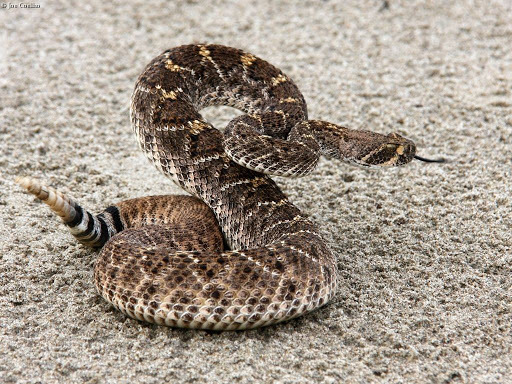
Rattlesnakes represent the most obvious example of snakes that do provide warnings before striking. Their distinctive rattle—composed of interlocking segments of keratin that vibrate against each other—creates the unmistakable buzzing sound that has become synonymous with snake warnings in popular culture. This warning behavior evolved as a defense mechanism that helps rattlesnakes avoid unnecessary confrontations with larger animals that could potentially injure them. Young rattlesnakes develop their first rattle segment after their first skin shedding, adding a new segment with each subsequent shed. The warning serves an important evolutionary purpose: it conserves the snake’s energy and venom, both valuable resources that are better saved for hunting than defensive strikes.
Cobra Displays: Intimidation Before Attack

Cobras exhibit one of the most dramatic warning displays in the snake world through their characteristic hood expansion and upright posture. When threatened, species like the king cobra and Indian cobra spread their neck ribs laterally, creating a distinctive hood shape that makes them appear larger and more intimidating to potential threats. This display is often accompanied by a fixed stare, hissing sounds, and sometimes even “false strikes” where the cobra lunges forward without actually biting. These complex behaviors serve as clear communication that the snake feels threatened and is prepared to defend itself if the threat doesn’t retreat. The hood display represents a significant energy expenditure for the snake, indicating that cobras genuinely prefer to warn rather than immediately strike when confronted.
The Language of Hissing
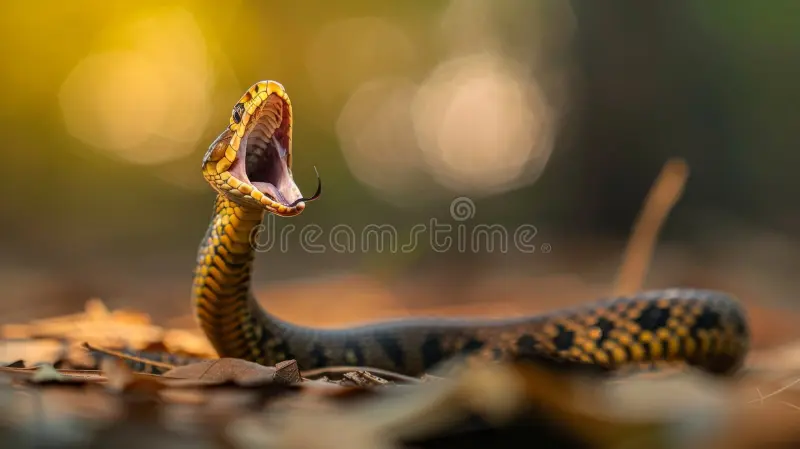
Hissing is perhaps the most widespread warning behavior across different snake species, from the common garter snake to the massive anaconda. This distinctive sound is produced when a snake forcefully expels air through a specialized structure in its mouth called the glottis, creating vibrations that result in the characteristic hissing sound. The primary function of hissing is to make the snake sound larger and more threatening than it may be, potentially deterring predators without requiring physical confrontation. The volume and duration of hissing can vary significantly between species, with some like the puff adder producing particularly loud and intimidating hisses. Research suggests that certain predators have evolved to recognize snake hissing as a warning signal, demonstrating the effectiveness of this communication method across different ecosystems.
Body Positioning as Communication

A snake’s body position can communicate a great deal about its intentions and stress level to those who understand these subtle signals. Many species adopt an S-shaped coil when feeling threatened, which prepares them for a potential strike while also serving as a visual warning. Other defensive postures include raising the front portion of the body off the ground (as seen in many colubrid species) or flattening the body to appear larger (common in hognose snakes). These postures represent a critical transition point where the snake has recognized a threat but is still offering the opportunity for that threat to retreat before an attack becomes necessary. For humans encountering wild snakes, recognizing these body language cues can provide valuable seconds to back away safely before the situation escalates to a defensive strike.
Tail Vibrations Beyond Rattlesnakes

While rattlesnakes are famous for their specialized tail warning system, many non-venomous snake species have evolved to mimic this behavior despite lacking the physical rattle structure. Species like rat snakes, bull snakes, and even some kingsnakes will rapidly vibrate their tails against leaves or dry debris when threatened, creating a buzzing sound remarkably similar to a rattlesnake’s warning. This form of Batesian mimicry allows these non-venomous species to benefit from the fearsome reputation of rattlesnakes without actually possessing venom. The behavior is particularly common in regions where these species share habitats with true rattlesnakes, highlighting the evolutionary advantage of this warning display. For human observers, this mimicry can cause confusion, as what appears to be a harmless snake might be employing sophisticated deception techniques that warrant the same respectful distance as their venomous counterparts.
The Silent Strikers
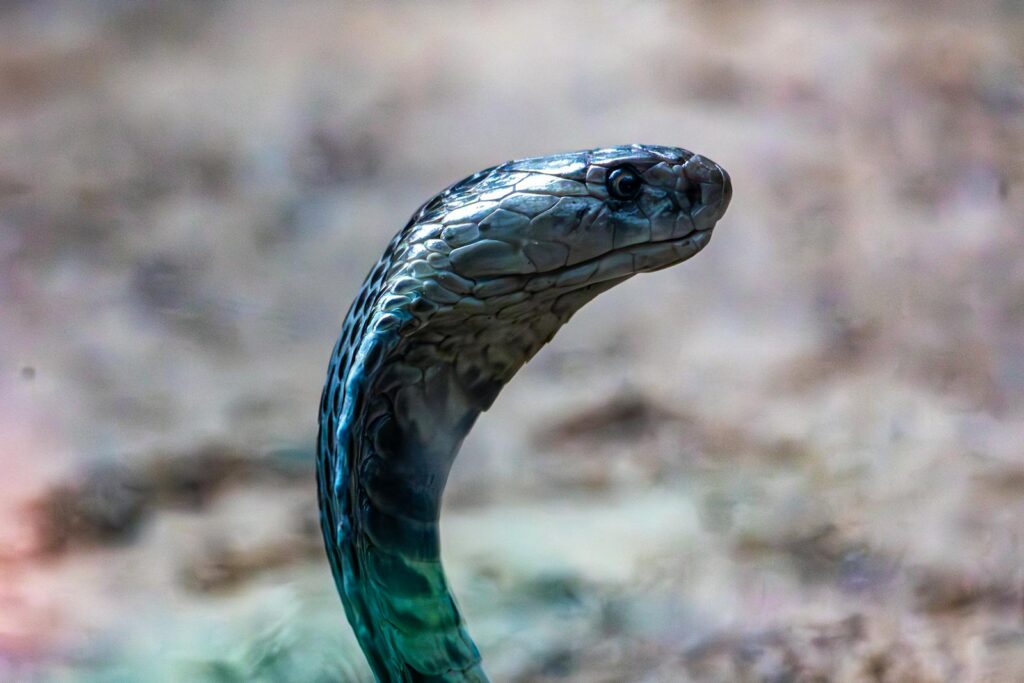
Many highly venomous snake species provide minimal or no warning before striking, a fact that contradicts the reassuring myth that all dangerous snakes will alert you to their presence. The inland taipan of Australia, often considered the world’s most venomous terrestrial snake, typically strikes with little preliminary warning behavior. Similarly, the black mamba of Africa, despite sometimes performing a threat display, can attack with exceptional speed when it feels cornered, often giving minimal indication of its intentions. These species have evolved different survival strategies that prioritize immediate defensive action over warnings. Their behavior makes evolutionary sense: these snakes have developed potent venoms that quickly incapacitate threats, making prolonged warning displays less necessary for their survival. This reality underscores the importance of prevention and awareness in snake-inhabited areas rather than relying on warnings that may never come.
Factors That Influence Warning Behaviors
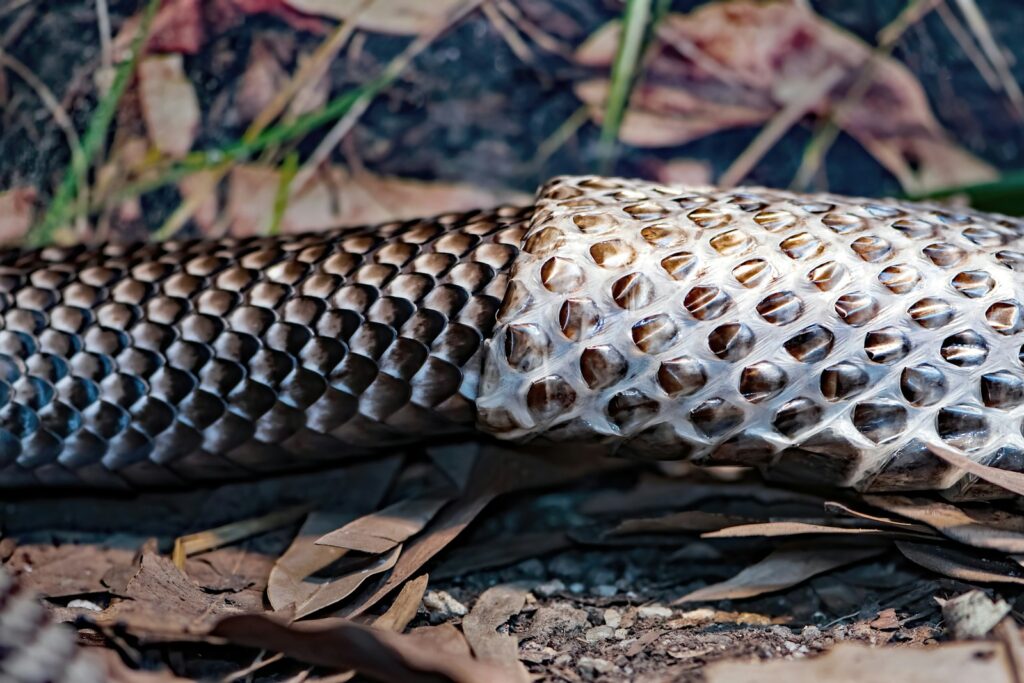
A snake’s likelihood of displaying warning behaviors before striking is influenced by numerous factors beyond just its species. Individual temperament plays a significant role, with some snakes being naturally more defensive or aggressive than others of the same species. Environmental conditions also matter—snakes are less likely to offer warnings when they’re cold and sluggish or when they’re shedding their skin, a period during which their vision is compromised. Previous encounters with predators can condition snakes to either increase their warning behaviors or bypass them entirely depending on what proved successful in past situations. Research has also shown that snakes raised in captivity often display different warning thresholds compared to their wild counterparts, suggesting these behaviors have both genetic and learned components.
Reading Snake Body Language
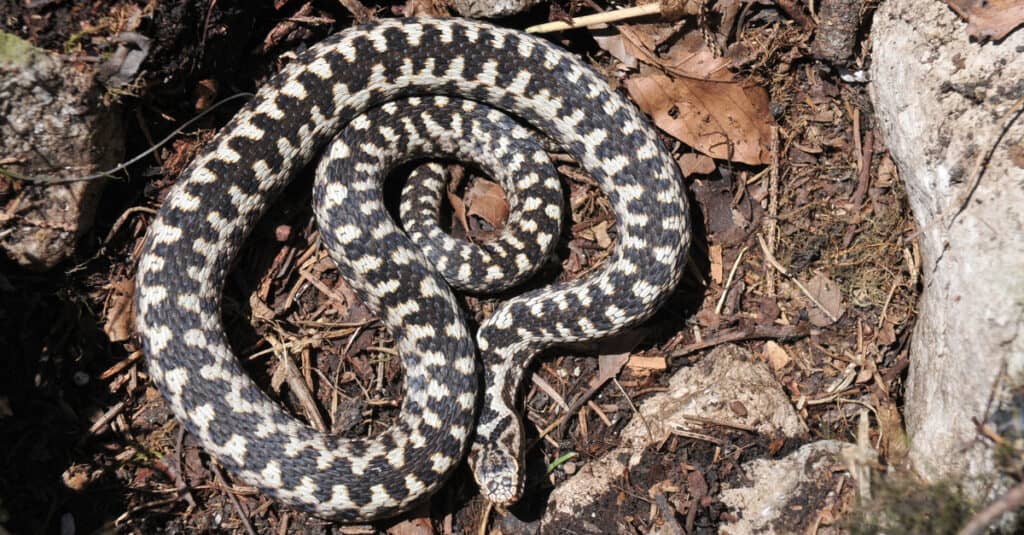
For those who regularly encounter snakes, learning to read their body language can provide critical information about the animal’s stress level and likelihood of striking. A relaxed snake typically moves with smooth, unhurried movements and maintains a relatively straight body position when traveling. In contrast, a threatened snake may freeze initially (to avoid detection), then transition to quick, jerky movements as it prepares potential escape routes or defensive positions. Flicking of the tongue usually increases in frequency when a snake feels threatened, as it attempts to gather more chemical information about the potential danger. The pupils of some snake species may also dilate when the animal is stressed or preparing to strike, though this can be difficult for untrained observers to notice safely. Understanding these subtle cues requires practice but can significantly reduce the risk of unexpected snake strikes.
The Science of Snake Perception
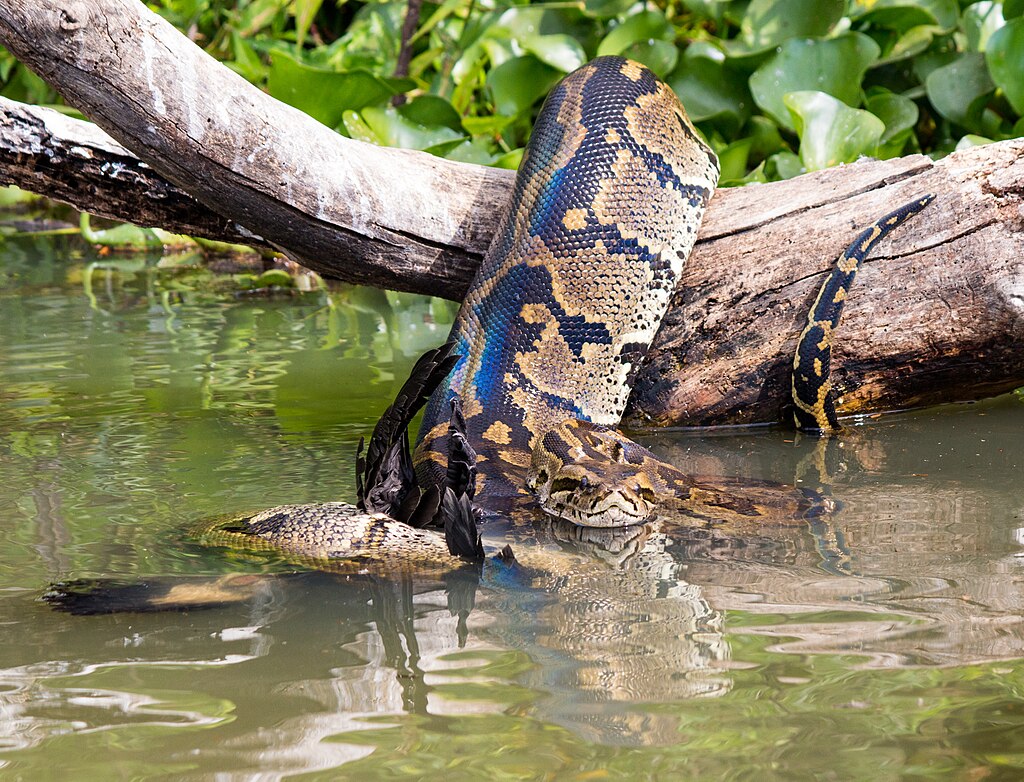
Understanding why snakes may or may not warn before striking requires knowledge of how these reptiles perceive the world around them. Snakes primarily rely on vibration detection through their jawbones and heat-sensing pits (in certain species like vipers and pythons) rather than auditory hearing as mammals do. This sensory system means they’re particularly sensitive to ground vibrations that might indicate an approaching predator. Many snake species have poor distance vision but excellent movement detection, explaining why a stationary human might be struck without warning while a moving one triggers defensive displays. Research using infrared cameras has revealed that snakes can detect the body heat of mammals from significant distances, allowing them to assess potential threats well before visual confirmation. These biological realities explain why snakes sometimes seem to strike “without warning”—they may be responding to sensory inputs that humans simply cannot perceive.
Snake Strikes: Speed and Mechanics

The mechanics of a snake strike represent one of nature’s most impressive biomechanical achievements, regardless of whether warning behaviors precede it. Most venomous snakes can strike at speeds of 175-200 miles per hour, with the entire forward motion and retraction occurring in less than half a second—too fast for human reflexes to reliably evade. This explosive speed comes from specialized muscles that store energy like compressed springs, allowing the snake to accelerate faster than would be possible with standard muscle contractions alone. High-speed camera footage has revealed that some species can strike accurately at targets up to two-thirds of their body length away, giving them considerable range without having to move their entire body. Understanding the speed and reach of snake strikes helps explain why prevention and maintaining safe distances are so critical—once a strike begins, human reaction times are simply too slow to respond effectively.
Prevention and Safety in Snake Country

Since not all snakes provide warnings before striking, prevention becomes the most reliable safety strategy in snake-inhabited areas. Wearing closed-toe shoes and long pants when hiking in snake territory creates a physical barrier that can prevent many potential bites. Making noise while walking (such as stomping or using a walking stick) sends vibrations through the ground that alert snakes to human presence long before an encounter, giving them time to retreat without confrontation. Avoiding placing hands or feet in areas you cannot see—such as under rocks or logs—eliminates many scenarios where a snake might feel cornered and strike defensively without warning. Snake avoidance training for dogs has proven highly effective in regions with venomous snake populations, as canines can be taught to recognize and avoid snake scents and sounds before dangerous encounters occur. These preventative measures acknowledge the reality that relying on snake warnings is an inconsistent safety strategy at best.
When Myths Become Dangerous
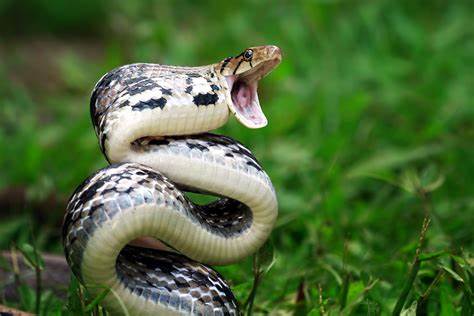
The persistent myth that all dangerous snakes will warn before striking creates a false sense of security that can lead to risky behavior around these animals. This misconception has likely contributed to many preventable snakebites, as people incorrectly assume they’ll receive adequate warning before any potential strike. Cultural representations in films and television often reinforce these dangerous myths by portraying snakes as either overtly aggressive or conveniently vocal before attacking. The reality that many snakes strike with minimal warning contradicts these comfortable narratives but represents crucial safety information. Education efforts by herpetologists and wildlife agencies increasingly focus on correcting these misconceptions while promoting evidence-based safety practices in snake territory. Understanding the true diversity of snake behavior—including the fact that warnings cannot be universally expected—represents an important step toward safer human-snake coexistence.
The question of whether snakes warn before they strike doesn’t have a simple yes-or-no answer. Some species, like rattlesnakes and cobras, have evolved elaborate warning systems that clearly communicate their defensive state before striking. Others strike with minimal or no warning, having developed different evolutionary strategies for survival. Rather than relying on warnings that may or may not come, snake safety experts recommend prevention, awareness, and respectful distance as the most reliable approaches to avoiding snake bites. By understanding the complex and varied behaviors of these remarkable reptiles, we can better appreciate their role in ecosystems while minimizing dangerous encounters. The next time you find yourself wondering if a snake will warn you before striking, remember that the safest assumption is to give all snakes the space and respect they deserve—regardless of their warning capabilities.





